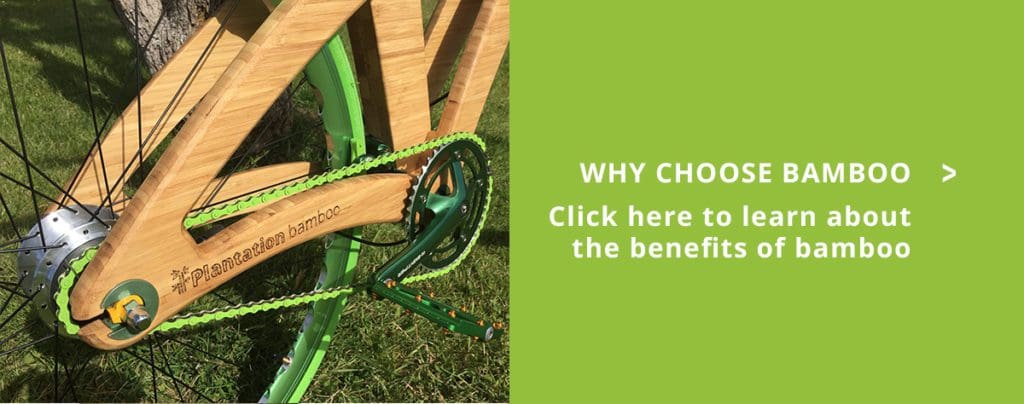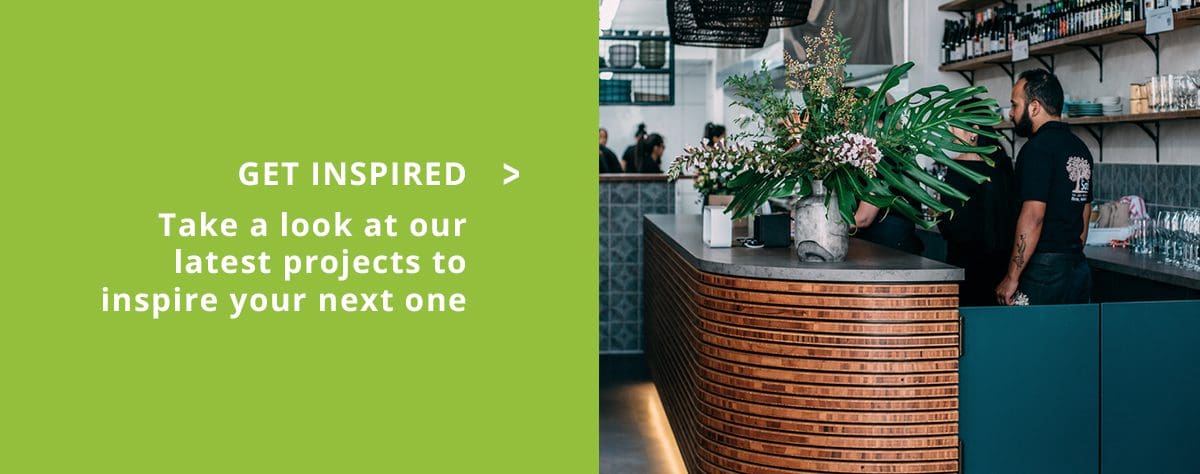Exterior Cladding Options in NZ: How Bamboo Compares to Timber and Others
When it comes to exterior cladding in New Zealand, there’s no shortage of options. From classic timber weatherboards to modern steel or fibre cement systems, Kiwi homeowners, builders, and architects have plenty to choose from.
But as design preferences shift and sustainability becomes a priority, bamboo cladding is stepping into the spotlight. Durable, eco-friendly, and architecturally striking, it’s fast becoming a go-to choice for contemporary homes.
New Zealand’s varied climate — from coastal salt air to high UV exposure — puts any cladding material to the test. Here’s how bamboo performs compared to more traditional options.
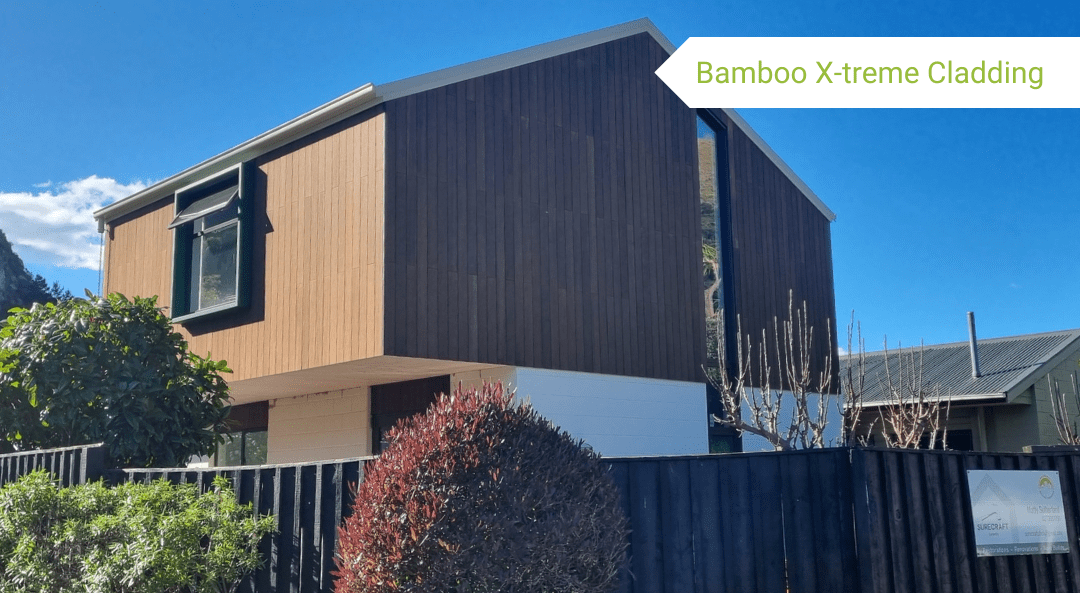
Popular Exterior Cladding Materials in New Zealand
Before diving into bamboo, it’s worth looking at the other common materials used on Kiwi homes:
Timber Weatherboards:
- A timeless favourite, valued for its natural warmth and design flexibility. However, it needs ongoing painting or staining to stand up to the elements.
Brick & Masonry:
- Renowned for durability and thermal mass, but heavy, expensive, and less adaptable to lightweight modern builds.
Fibre Cement & Weatherboard Alternatives:
- Low-maintenance and versatile, though typically less sustainable and not as natural in appearance.
Metal & Steel Cladding:
- Strong, modern, and popular in architectural builds, but can be prone to denting and thermal movement.
Composite & PVC-Based Products:
- Designed to mimic timber but often raise questions around long-term sustainability and recyclability.
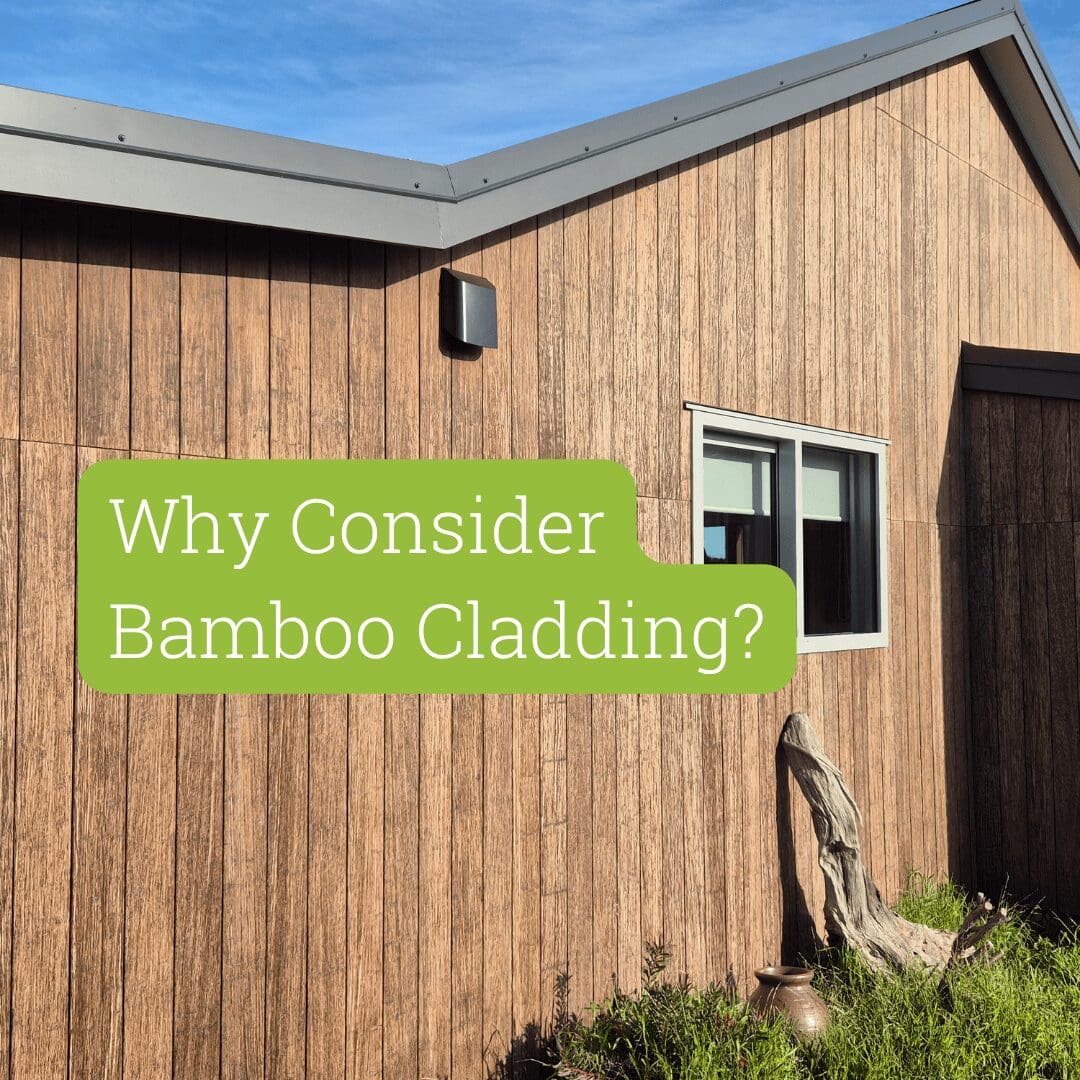
Bamboo isn’t just for flooring or interiors anymore. Around the world, it’s proving itself as a robust, beautiful, and sustainable exterior material. Engineered products such as Bamboo X-treme® cladding are heat-treated, compressed, and stabilised for outdoor performance.
Here’s how bamboo stacks up:
1. Sustainability:
- Bamboo grows to maturity in just four to five years — a stark contrast to the 30–50 years required for most hardwoods. By choosing bamboo, you’re reducing reliance on slower-growing timber and supporting New Zealand’s shift toward more sustainable building practices.
2. Durability & Performance
- Thermally treated bamboo boards offer exceptional dimensional stability, minimising swelling and shrinkage as temperatures change.
3. Aesthetic Appeal
- Bamboo cladding delivers a clean, modern look with the warmth of natural wood grain. Left untreated, it weathers gracefully into a silver-grey patina; or, with a light coat of exterior oil, it retains its rich original colour.
4. Low Maintenance
- Compared to traditional timber weatherboards, bamboo requires much less upkeep. Its excellent dimensional stability means fewer issues with warping, cupping, or splitting — common problems in New Zealand’s changing conditions.
5. Ease of Installation
- Bamboo cladding systems often use hidden clip fixings for a seamless finish and faster installation. Timber weatherboards, by contrast, are usually direct-fixed with visible nails or screws.
| Feature | Bamboo Cladding | Timber Weatherboards |
|---|---|---|
| Sustainability | Grows to maturity in 4–5 years | Takes 30–50 years to mature |
| Durability | Highly stable, thermally treated, and decay-resistant | Varies by species, can be prone to movement and warping |
| Maintenance | Low-maintenance, oiling optional | Requires regular painting or staining |
| Aesthetic | Modern and sleek with natural wood grain | Traditional and warm look |
| Fixing System | Hidden clip system for faster, cleaner installation | Nails or screws (often visible) |
| Suitability in NZ | Performs well in coastal and high-UV zones | Can struggle in NZ conditions without high maintenance |
Meeting NZ Building Standards
Quality bamboo cladding products are tested to meet both international and New Zealand standards. In NZ, compliance with the Building Code for weathertightness is essential — and leading options like Bamboo X-treme® have already been specified in projects nationwide. It’s not just a stylish option; it’s a proven, code-compliant one.
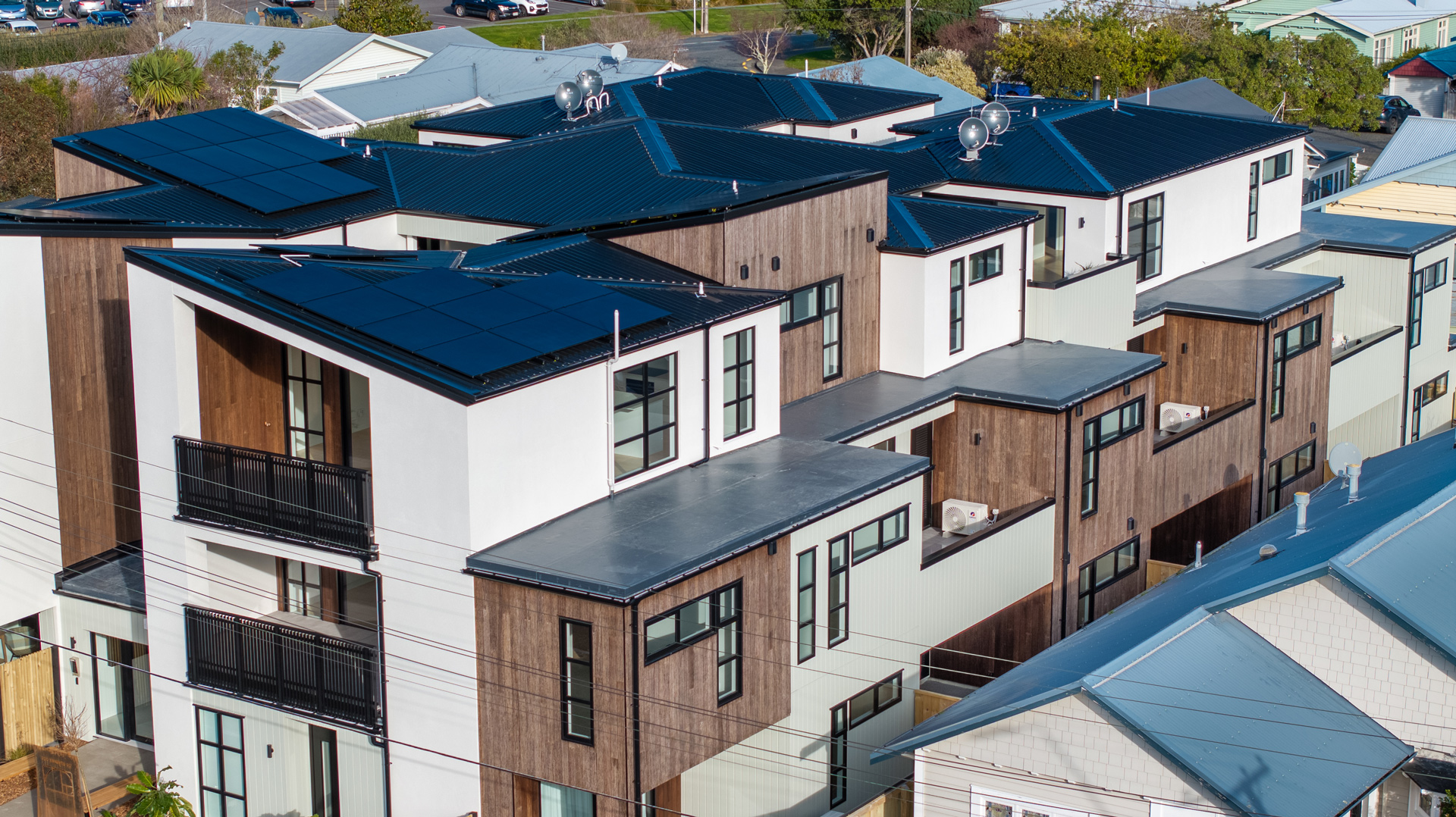
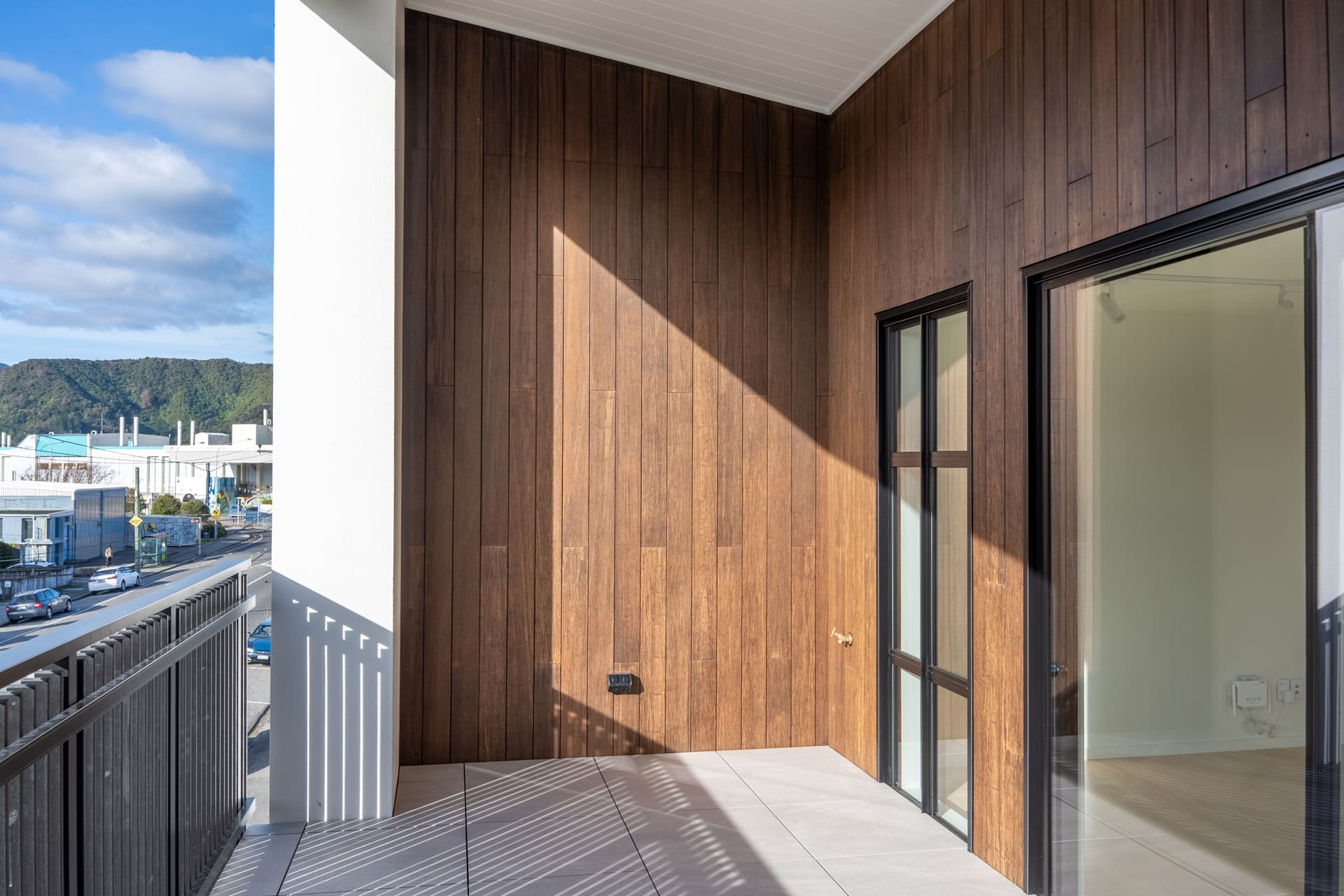
Final Thoughts
With growing demand for sustainable, durable materials, bamboo cladding is quickly earning its place alongside — and often ahead of — traditional choices. It combines the natural appeal of timber with the long-lasting performance of engineered solutions, offering a smarter, future-ready option for Kiwi homes.
If you’re planning your next build or renovation, it’s well worth seeing the difference for yourself.
Request your free bamboo cladding sample today and discover how bamboo can bring warmth, strength, and sustainability to your exterior.
